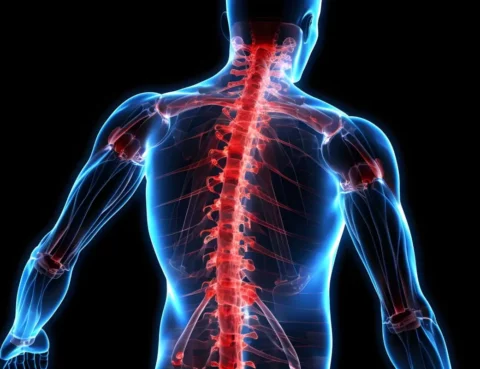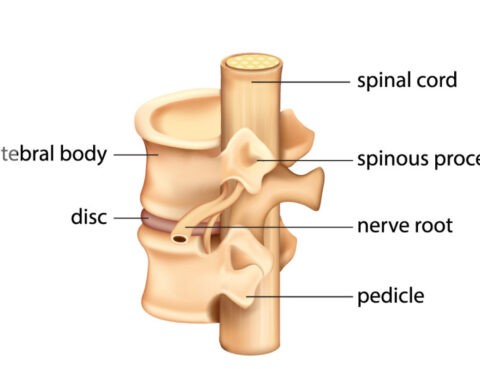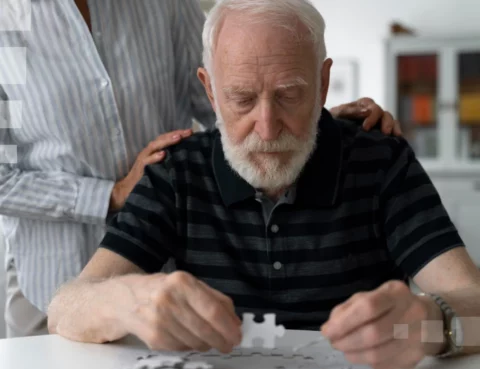
Camptocormia is a neurological disorder that results in bent back syndrome. So, the patient often walks with a back bent forward. Yet the spine position changes when a person lies down, for instance. Quite often this syndrome occurs in people struggling with Parkinson disease. But it is not necessarily a symptom, particularly of this disease….

Hypersomnia (pathologically increased daytime sleepiness) is defined as a condition characterized by an inability to maintain adequate levels of wakefulness throughout the day, accompanied by episodes of uncontrollable need for sleep, leading to unintentional falling asleep. Sleep disorder is a serious problem for modern people, negatively affecting the physical and psychological state of the body….

Middle Cerebral Artery Stroke is a sharp disruption of the normal blood supply to the brain. By the nature of the disorders, there are two main types of stroke: ischemic (often called cerebral artery infarction); hemorrhagic (including subarachnoid hemorrhage). The word ischemic literally means that the blood does not flow sufficiently to this or that…

What is Friedreich ataxia disease? FA stands for an uncommon hereditary neurodegenerative condition. The hallmark of this disease lies in the gradual deterioration of the CNS. Progressive damage marks the hallmark of the disorder. It got its name in honor of the German doctor Nikolaus Friedreich. He first described it in the 19th century. FA…

Pick’s disease is one of the varieties of senile frontotemporal dementia, in which atrophic changes occur, most often in the frontal and temporal lobes of the brain. In clinical manifestations, it is similar to Alzheimer’s disease, but it is less common and more malignant. In women, it is diagnosed twice as often as in men….

The human body contains a large number of different nerves that have their own functions. In the hands of a person, the main types of nerves are present: the median and ulnar. Any injury to the nerve can lead to impaired hand movement. In this article, we will describe in detail the functions of the…

Sometimes a person has a reflex deviation of the apples of the eye to one side. This anomaly, which occurs when the patient tries to turn their head vertically or horizontally, is called an oculocephalic reflex. Oculocephalic reflex is caused by quickly turning and briefly holding the patient’s head to the right, then to the…

This procedure is a highly informative and safe examination method that allows you to visualize the structure and functional changes of the cerebral arteries, determine the anatomy of the location of the vessel, identify structural anomalies, determine the width of the lumen, and the degree of stenosis. When examining blood vessels, magnetic resonance imaging is…

Ball of foot pain or metarsalgia is a biologically important warning signal that indicates foot pathology. Pain in the foot appears as a result of overload, deformation, fractures, pathologies of tendons and joints, or general diseases caused by metabolic disorders. To establish the correct diagnosis, specialists need to know under what circumstances the pain in…

Dementia is a disease in which the cognitive (ability to think) abilities of the patient are impaired. Dementia causes a gradual deterioration in memory, mental abilities, the ability to navigate in time and space, and the ability to recognize people and objects. It happens that dementia turns into Alzheimer’s disease. Alzheimer’s disease is the most…
